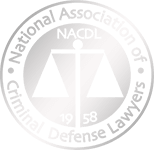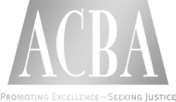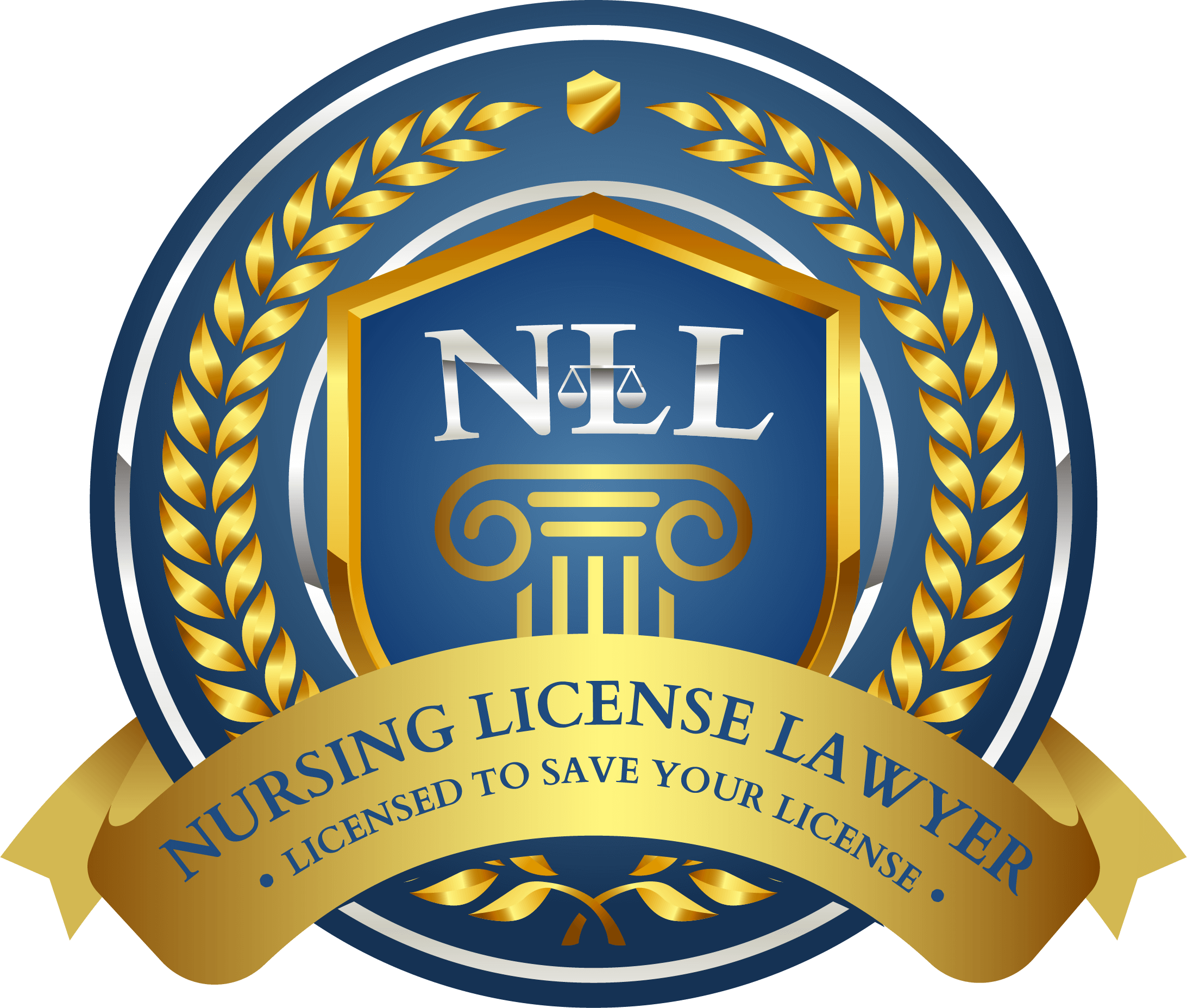Patient safety is the cornerstone of patient care in the healthcare industry, where patients’ health is given top priority. As the primary healthcare providers, nurses are essential in making sure patients receive the appropriate drugs at the appropriate doses in the safest way possible. Medication errors can have serious implications even when they are unintentional, which is why it is crucial for nurses to pursue drug safety.
This article explores the important topic of medication safety in nursing, concentrating on California specifically because that state has a distinctive healthcare system. Although the dedication to patient welfare is not location-specific, the healthcare landscape in California has its own unique dynamics, rules, and difficulties. It is critical to comprehend and abide by drug safety procedures designed specifically for this unique situation.
We will delve into the complex picture of medication safety for nurses in California over the course of the next several pages. We will explore the fundamentals of drug safety procedures, look at the state’s particular laws, and discuss how technology and instruction can help ensure the safe administration of medications. Upon finishing this article, you will possess a thorough comprehension of how to avert prescription mistakes and enhance patient safety in nursing practice, specifically in the Golden State.

Recognizing Medication Mistakes
In nursing, a medication error is an avoidable accident or mistake that happens during the administration of medication and has the potential to cause injury to the patient or improper pharmaceutical use. It includes a broad range of acts or inactions, including giving the wrong medication, giving the wrong dosage, forgetting to give the prescription, or giving it by the improper channel. Treatment errors are essentially any deviations from the recommended treatment regimen that have the potential to cause harm to a patient.
Medication Error Prevalence and Possible Consequences in California
Like in the rest of the country, medication errors are a major concern in the California healthcare system. In order to emphasize their significance, let us examine some figures and instances that demonstrate their frequency and possible outcomes:
Data:
- Medication errors are among the most often reported events in California healthcare facilities, according to a report by the California Department of Public Health (CDPH). CDPH received almost 1,500 reports of prescription mistakes in a single year.
- As a whole, the U.S. The fact that the Food and Drug Administration (FDA) receives hundreds of thousands of reports each year about pharmaceutical errors emphasizes how pervasive the issue is.
Repercussions:
- Patient Injury: Mistakes when taking medications can cause serious injury or even death. For example, giving patients the incorrect dosage of a medication or misidentifying one prescription for another might have potentially fatal effects.
- Legal and Regulatory Consequences: Medication errors can have legal and regulatory ramifications for healthcare organizations as well as individual practitioners in California, as well as other states. This may entail examinations, penalties, and even the possibility of losing one’s nursing license.
- Financial Costs: Because medication errors can lead to prolonged hospital admissions, lawsuits, and the need for further medical procedures, they can also have a substantial financial impact on healthcare institutions.
For instance:
- A newborn at a prominent hospital in California received a fatal dose of medication by mistake in a well-publicized event in 2016. The youngster died as a terrible result of the miscalculation, which was attributed to inaccurate calculations and insufficient checks. This instance serves as a clear reminder of the need for strict pharmaceutical safety protocols and the potentially disastrous effects of prescription errors.
- Recognizing the seriousness of drug errors is the first step toward solving this pressing problem. It emphasizes how crucial it is to put pharmaceutical safety policies into place and follow them in order to avoid mistakes like these and guarantee patient safety in California and elsewhere.

Medication Safety Procedures: A National Concern
Medication safety is a critical issue that cuts across national borders and is given high attention in American healthcare systems. Although it is significant everywhere, in California’s diverse healthcare ecosystem it is especially significant. Regarding guaranteeing medicine safety, the Golden State presents particular potential and problems because to its reputation for having state-of-the-art medical facilities, creative healthcare methods, and a population with a diverse range of cultural backgrounds.
Medication Safety Across the Country
Medication errors are a widespread problem that impact healthcare facilities all throughout the country. One of the ongoing challenges in the intricate process of medication administration is the possibility of human mistake. The nationwide urgency to address this vital matter is underscored by the consequences of such errors, which are felt in every state and include financial difficulties, legal ramifications, and injury to patients.
California’s Medication Safety
The great diversity of California’s healthcare system is seen in the state’s patient demographics and healthcare facilities. The state is home to isolated rural towns, densely populated urban regions, and all points in between. It is impossible to overestimate the significance of standardized pharmaceutical safety practices in such a complex setting.
Normative Procedures for Drug Safety
Implementing consistent drug safety standards is one of the most important ways to reduce prescription errors, no matter where you live. These guidelines provide a consistent framework for managing medications, with a focus on best practices that lower the possibility of mistakes at all phases of the procedure—from prescription to administration.
Principal Advantages of Standardized Procedures:
- Consistency: Regardless of their location, all healthcare providers adhere to the same rules and processes because to standardized standards. This consistency lessens the possibility of errors arising from variances in practice and decreases confusion.
- Error Prevention: These protocols are made to identify possible errors before they affect the patient by combining several safety checks and verification stages. This proactive strategy is essential for avoiding errors.
- Teaching and Training: Standardized procedures provide a solid basis for teaching and training, making sure that medical practitioners are equipped to handle the complexity of drug administration.
- Continuous Improvement: By standardizing processes, patient safety can be further improved by allowing for continual assessment and improvement based on data and newly developed best practices.
- Healthcare providers, administrators, regulators, and legislators all have responsibilities for implementing standardized medication safety measures in California and across the United States. Regardless of the geographic diversity of their healthcare environments, healthcare professionals can work together to reduce medication errors, improve patient outcomes, and uphold the highest standards of care by adopting these protocols and incorporating them into daily practice.

Important Medication Safety Guidelines for California Nurses
Like their counterparts across the country, nurses in California are essential to making sure that their patients receive safe medications. In order to comply with state-specific legislation and guidelines, as well as uphold the highest levels of care, nurses in California must adhere to a number of critical medication safety practices. This is a thorough synopsis of these protocols:
Verifying and double-checking medications:
- Comprehensive Assessment: Start by taking a close look at the patient’s medical history, taking into account any allergies, current medications, and any problems that may have existed before.
- Double-Check Orders: Carefully and precisely confirm prescription orders. Verify that medication names, doses, and routes are accurate.
- Independent Verification: To verify the accuracy of pharmaceutical orders, use an independent double-check system with the assistance of a different nurse or medical practitioner.
Precise Dosage Estimations:
- Mathematical Accuracy: Carefully calculate medicine dosages in accordance with facility and state policies. Make use of trustworthy sources and calculators.
- Cross-Check Calculations: Examine dosage calculations on your own and, if needed, get help or confirmation from clinical pharmacists or other colleagues.
Techniques for Administering Medication Correctly:
- Prioritize hand cleanliness both before and after administering medication.
- Administer medications using the appropriate route (e.g., oral, intravenous, subcutaneous) while adhering to recognized protocols in order to reduce the possibility of errors.
- Patient Identification: Prior to administering medication, confirm the patient’s identify with a minimum of two distinct identities.
Checks for allergies and interactions:
- Allergy Assessment: To avoid allergic responses to drugs, thoroughly enquire about the patient’s allergies.
- Drug-Drug Interactions: Watch out for any interactions between drugs that can jeopardize patient safety.
Best Practices for Documentation:
- Real-Time Documentation: Quickly record the name, dosage, route, and time of medicine administration in your documentation.
- Incident Reporting: In the event that a pharmaceutical error happens, make sure to accurately and transparently record it in the incident report right away.
Interactions with the medical staff and patients:
- Patient Education: Clearly and succinctly explain to patients the intended use, possible adverse effects, and directions for administering their medications.
- Interprofessional Collaboration: To guarantee a collaborative approach to patient care, keep lines of communication open with physicians, pharmacists, and other members of the healthcare team.
Reporting and Documentation of Incidents:
- Observance of Policies: Report medication errors, near misses, or adverse events in accordance with facility policies and state legislation.
- Timely Reporting: Make sure that all incident documentation is accurate and comprehensive, and report incidents as soon as possible to the relevant staff.
- Nurses in California must follow these pharmaceutical safety guidelines in order to offer patients safe, effective care while also abiding by state-specific laws. Nurses can help prevent prescription errors and maintain the highest quality of healthcare in the Golden State by carefully adhering to these rules.

Medication Safety Regulations Particular to California
California has set particular rules and specifications pertaining to pharmaceutical safety because of its varied healthcare system and dedication to patient safety. To guarantee compliance and deliver the best possible treatment, nurses who are licensed to practice in the state need to be aware of these rules. The following are important drug safety laws that apply only in California:
Guidelines from the California Board of Registered Nursing (BRN):
- The California Board of Registered Nursing (BRN) offers comprehensive rules and guidelines concerning the safe administration of medications.
- These requirements, which include things like drug verification, dosage calculations, appropriate administration techniques, and documentation practices, are expected of nurses in California.
The Five Rights of Administering Medication:
- The Five Rights of Medication Administration—the appropriate patient, right medication, right dose, right route, and right time—are stressed in California as they are in other states.
- In addition to strictly adhering to appropriate patient identification and medication verification, nurses must make sure that these rights are honored during each medication administration.
Regulation of Controlled Substances:
- The administration and handling of restricted substances, including the disposal of controlled substance waste, are governed by certain regulations in California.
- In order to stop the diversion and misuse of controlled substances, which are closely watched by regulatory bodies, nurses must strictly adhere to these restrictions.
Reporting Adverse Events and Medication Errors:
- Healthcare facilities in California are expected to set up explicit rules and processes for medication error reporting adverse events and prescription mistakes.
- To ensure accountability and openness in the medication error reporting process, nurses are required to report medication errors, near misses, and adverse reactions as soon as possible.
Conditions for Continued Education
- Nurses must complete continuing education in drug safety, pharmacology, and associated procedures as required by the California Board of Registered Nurses (BRN).
- It is the responsibility of nurses to maintain current knowledge of drug safety best practices by enrolling in continuing education courses and programs.
Observance of the Medication Safety Regulations in California:
In order to adhere to the pharmaceutical safety standards particular to California, nurses must to:
- Acquaint Oneself with BRN Guidelines: Read over and get acquainted with the criteria and guidelines pertaining to pharmaceutical safety that the California BRN has established. Make sure that nursing practice follows these recommendations.
- Participate in classes and programs for continuing education that address pharmacology, pharmaceutical safety, and related subjects. Make sure you complete the necessary hours of continuous education.
- Facility Policies: Comply with the rules and guidelines set forth by the hospital or company where they work regarding drug safety. These rules frequently comply with state requirements.
- Keeping Records: Keep precise records of all medicine administrations, making sure that the paperwork is timely, correct, and complies with facility and state regulations.
- Keep Up: Remain up to date on any modifications or revisions to California’s drug safety laws, as well as new developments in the field of medication administration best practices.
- Cooperation: To guarantee the safe and efficient administration of medications and to resolve any problems pertaining to medicine, collaborate with coworkers, pharmacists, and other healthcare experts.
Through vigilant adherence to California’s medication safety standards and ongoing education, nurses may foster a culture of patient safety and deliver superior care that is consistent with the state’s unwavering commitment to excellence in healthcare.

California’s Ongoing Instruction and Training
Ongoing education and training are not only advised but also vital in the dynamic and always changing profession of healthcare. One of the most important aspects of a nurse’s job in California is continuing education, which helps them stay current on medication safety best practices. California emphasizes the value of continuing learning due to its distinctive healthcare system and dedication to patient safety. Here, we emphasize the need of continuing education and training for California’s nursing workforce:
- Quick Progress in Medical Technology: The field of healthcare is developing quickly, with new drugs, techniques of treatment, and technology appearing on a regular basis. By being on the cutting edge of these developments, nurses can guarantee they are giving their patients the best possible care.
- Changing Standards for Medication Safety: Best practices and regulations for medication safety are always evolving. In order to reduce the possibility of medication errors and guarantee patient safety, nurses must stay up to date on the most recent rules and legislation.
- States-Specific Initiatives: California provides tools and programs tailored to the needs of each state that are intended to improve nurses’ proficiency with pharmaceutical safety. Workshops, seminars, and online courses that are specifically designed for the state’s healthcare system may be included in these programs.
- Respect for BRN Requirements: For nurses to keep their licenses current, continuing education is required by the California Board of Registered Nursing (BRN). Topics include pharmacology, related practices, and pharmaceutical safety are included in this prerequisite. In addition to being necessary for patient safety, compliance with these regulations is also necessary for licensure.
- Improved Results for Patients: Nurses are equipped with the most recent evidence-based practices in drug safety through ongoing education. This ultimately results in better patient outcomes, fewer pharmaceutical mistakes, and higher-caliber medical treatment.
- Adjusting to Shifting Positions: Nurses benefit from continual education as their roles in the healthcare system change, taking on more responsibility for medication management as a part of their evolving responsibilities.
- Promotion in Career: Opportunities for job growth, such as specialized responsibilities in drug safety, clinical leadership roles, and roles in research and teaching, become available with continuous learning.
- Professional and Ethical Responsibilities: Throughout their careers, nurses have an ethical and professional obligation to uphold and improve their competence. The foundation of nursing practice is this dedication to lifelong learning.
- Collaboration Across Disciplines: Safe medication use requires multidisciplinary work. To guarantee safe drug practices, nurses can work effectively with doctors, pharmacists, and other healthcare professionals when they get ongoing education.
- Adapting to Patient Diversity: The diverse population of California has particular problems in the field of healthcare. Nurses can better adjust their treatment to the varied needs of their patients by receiving ongoing education. This includes addressing cultural and linguistic differences in medication use.
In summary
Medication safety is a cornerstone of nursing practice in the complicated and constantly changing field of healthcare, and in California, this dedication to patient welfare has a special and critical relevance. The essential area of medication safety protocols for California nurses has been examined in this article, which highlights their significance and offers insights into important laws and industry best practices.
As we come to the end of this topic, it is very evident that it is a professional, ethical, and legal requirement for nurses to ensure pharmaceutical safety. Regardless of the type or context, medication errors can have disastrous effects on patients, medical facilities, and nursing staff members. Adherence to medication safety procedures is crucial in California due to its diverse healthcare environment and dedication to patient-centered treatment.
California nurses are required to adhere to strict state laws as well as the standards established by the California Board of Registered Nursing. They also need to be diligent about continuing their education and training. By doing this, they may maintain the highest standards of care for the varied and dynamic patient population they serve, remain at the forefront of medication safety best practices, and support a culture of patient safety.
Essentially, the effort to prevent prescription errors is a sign of compassion, devotion, and an unwavering commitment to each patient’s well-being; it goes beyond a professional duty. By advocating for medication safety, California nurses contribute to keeping the Golden State a beacon of healthcare excellence, where patients receive not only state-of-the-art treatment but also care that is safe and effective.










